Storm Tracker
Filter
-
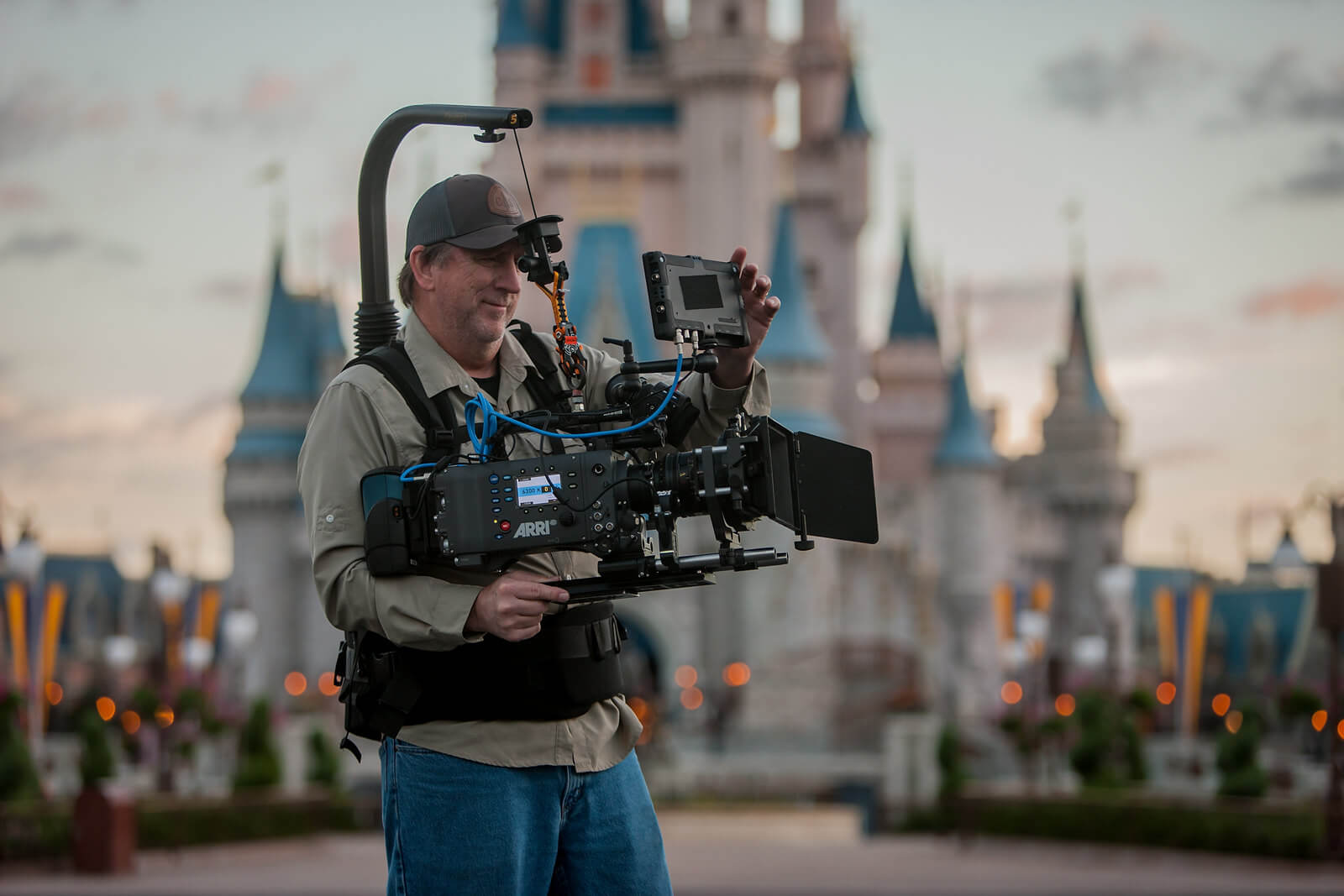 Discover the 5 essential qualities that set the best video production companies in Orlando apart, from exceptional production quality to client-focused service.Read MoreRead More
Discover the 5 essential qualities that set the best video production companies in Orlando apart, from exceptional production quality to client-focused service.Read MoreRead More -
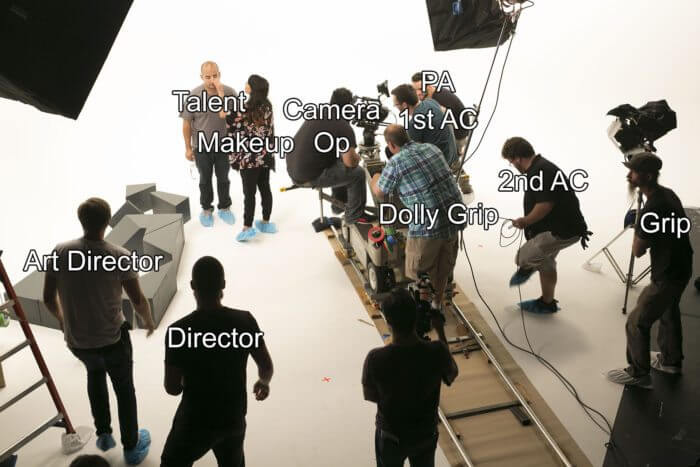 Discover every role in a commercial video production crew—from Director and Gaffer to Script Supervisor and VFX. Learn who does what on set and why it matters.Read MoreRead More
Discover every role in a commercial video production crew—from Director and Gaffer to Script Supervisor and VFX. Learn who does what on set and why it matters.Read MoreRead More -
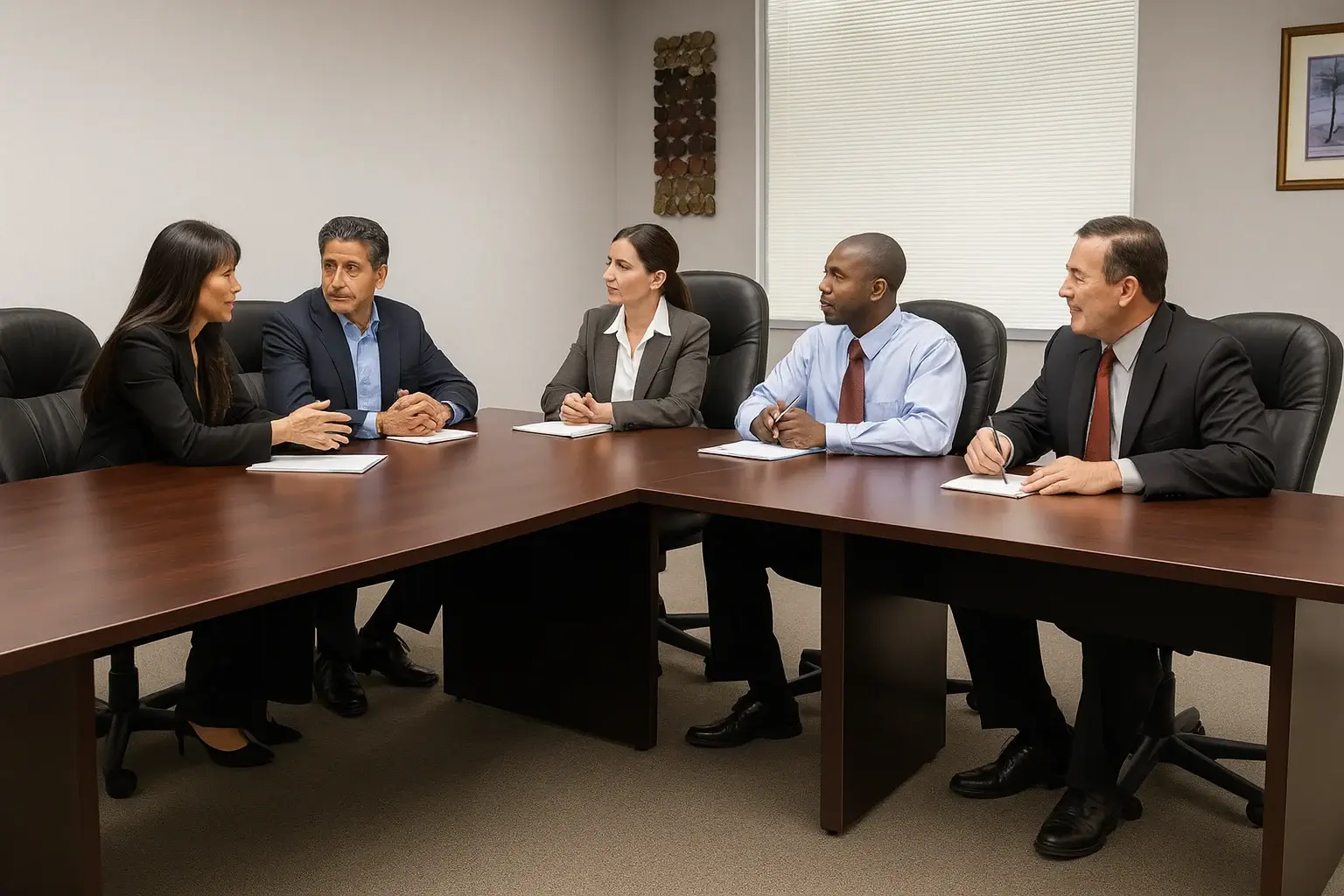 Learn how to create training videos employees pay attention to—using modern production, engaging visuals, and clear messaging for better retention.Read MoreRead More
Learn how to create training videos employees pay attention to—using modern production, engaging visuals, and clear messaging for better retention.Read MoreRead More -
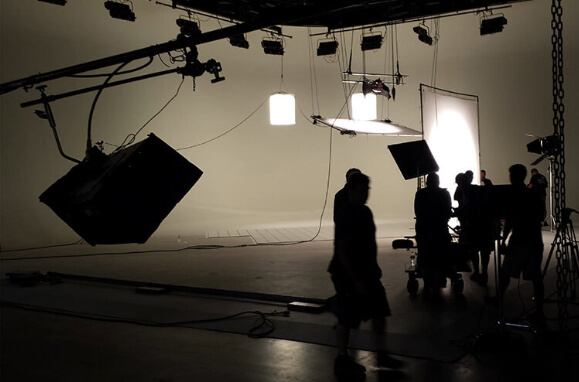 Learn how lighting consistency in video production keeps a series looking uniform—covering light plots, monitor calibration, and in-house workflows.Read MoreRead More
Learn how lighting consistency in video production keeps a series looking uniform—covering light plots, monitor calibration, and in-house workflows.Read MoreRead More -
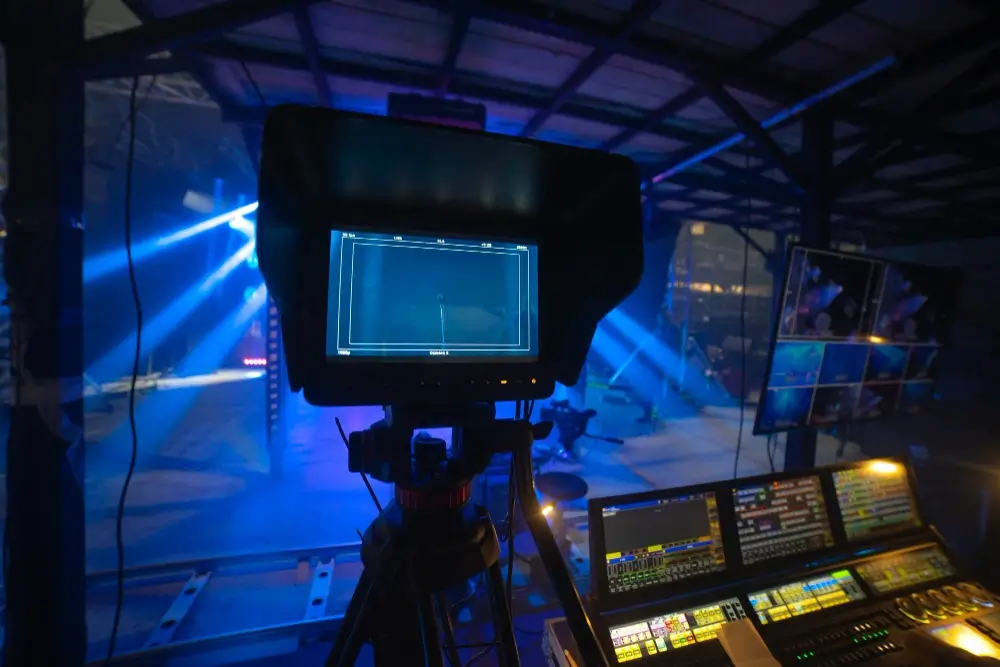 Outsourcing video production lets businesses cut overhead, access pro crews, and speed turnaround. Discover why Skystorm Productions is the ideal partner.Read MoreRead More
Outsourcing video production lets businesses cut overhead, access pro crews, and speed turnaround. Discover why Skystorm Productions is the ideal partner.Read MoreRead More -
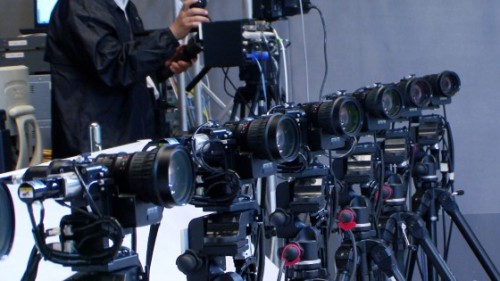 The Matrix's iconic bullet time effect may soon go live! Discover how NHK's breakthrough camera system could deliver real-time multi-angle replays for sports and live video production events.Read MoreRead More
The Matrix's iconic bullet time effect may soon go live! Discover how NHK's breakthrough camera system could deliver real-time multi-angle replays for sports and live video production events.Read MoreRead More -
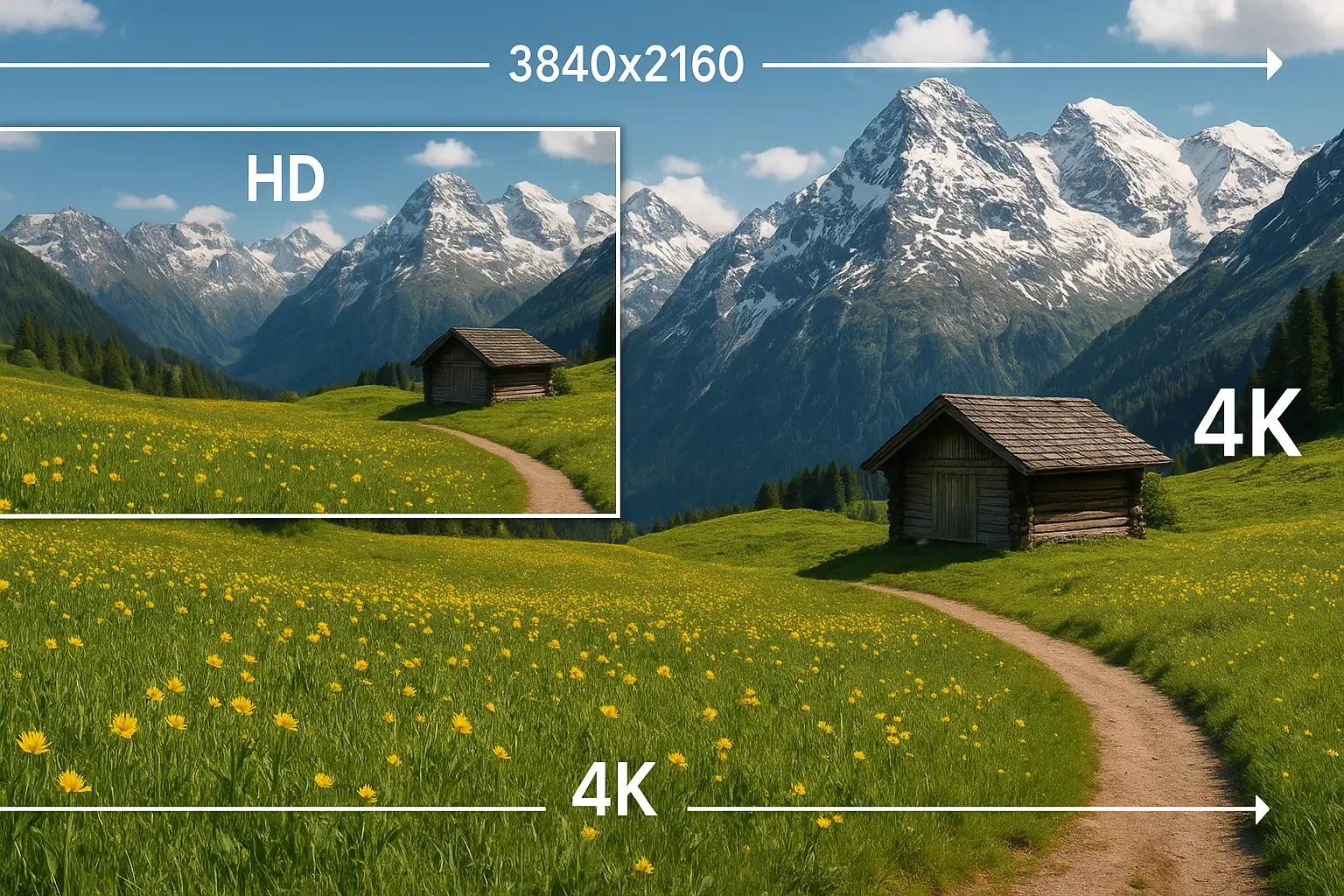 4K video production isn’t just for ultra-HD TVs, it’s a powerful creative tool for filmmakers, marketers, and brands. From sharper edits to flexible framing and future-proof content, discover why starting with 4K is now the smart standard for video storytelling.Read MoreRead More
4K video production isn’t just for ultra-HD TVs, it’s a powerful creative tool for filmmakers, marketers, and brands. From sharper edits to flexible framing and future-proof content, discover why starting with 4K is now the smart standard for video storytelling.Read MoreRead More -
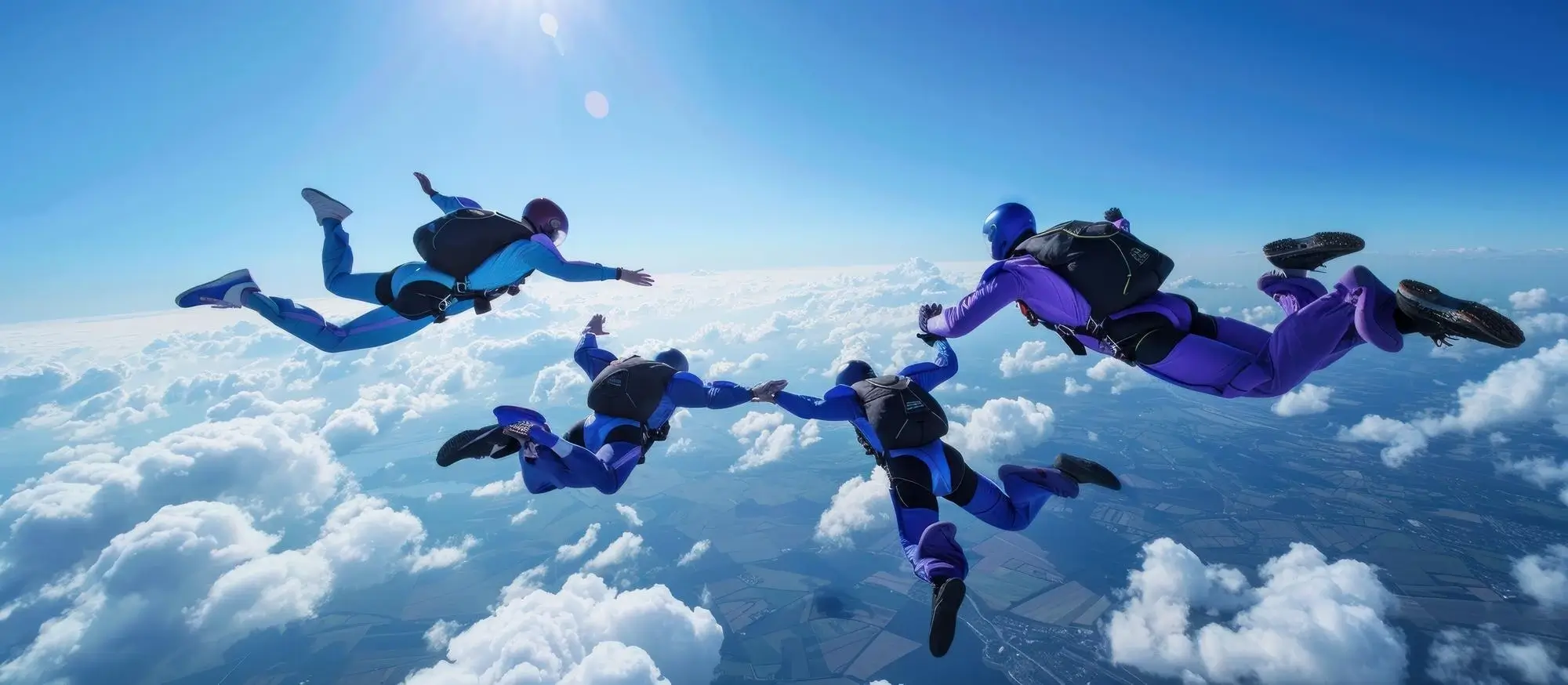 GoPro cameras have democratized high-quality videography, enabling amateurs to capture stunning, professional-grade footage in extreme conditions - revolutionizing action sports cinematography.Read MoreRead More
GoPro cameras have democratized high-quality videography, enabling amateurs to capture stunning, professional-grade footage in extreme conditions - revolutionizing action sports cinematography.Read MoreRead More -
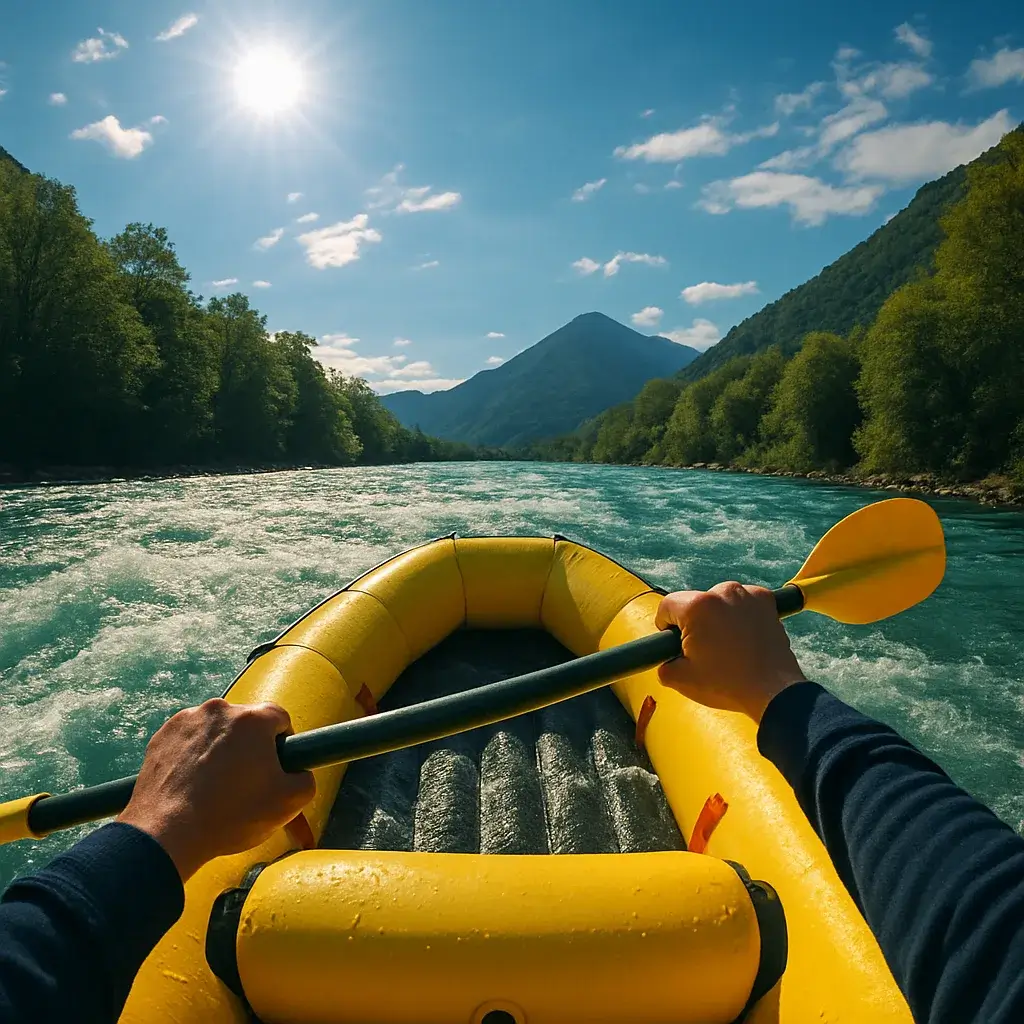 First person POV filming is surging in popularity, but does it enhance storytelling or just follow trends? We examine when this technique works (Nike ads, horror films) and when it falls flat.Read MoreRead More
First person POV filming is surging in popularity, but does it enhance storytelling or just follow trends? We examine when this technique works (Nike ads, horror films) and when it falls flat.Read MoreRead More -
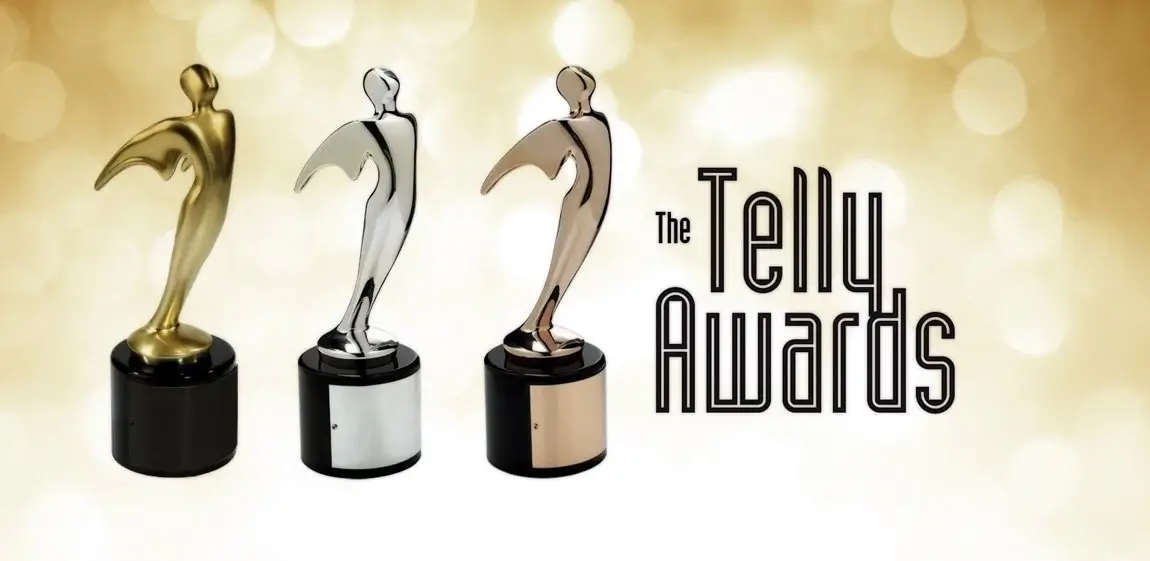 Skystorm Wins 2 Telly Awards: “Sanford: The Untold Story” earned Silver, and a Standard Lesson Quarterly commercial won Bronze out of 13,000+ entries.Read MoreRead More
Skystorm Wins 2 Telly Awards: “Sanford: The Untold Story” earned Silver, and a Standard Lesson Quarterly commercial won Bronze out of 13,000+ entries.Read MoreRead More